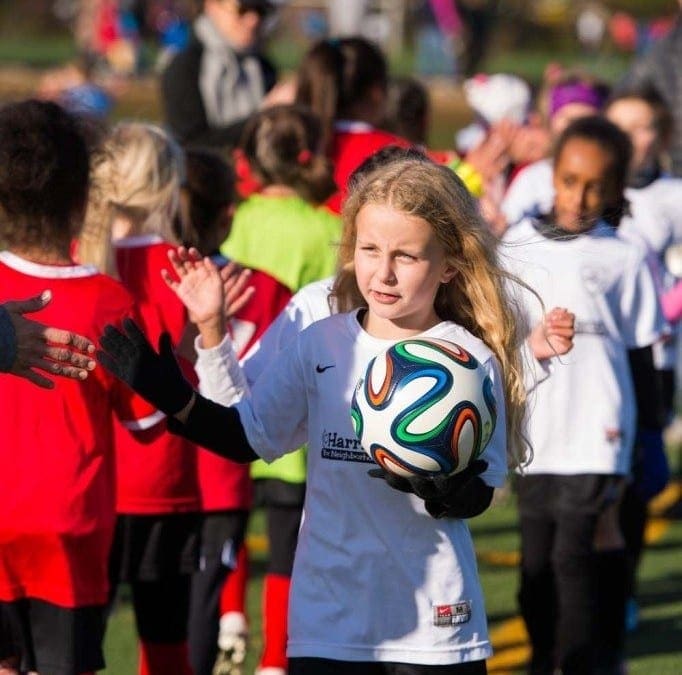
April is National Youth Sports Safety Month
Sports participation is a major cause of serious injury among youth making sports activities, the second most frequent cause of injury for male and female adolescents. According to John Hopkins Medicine, 30 million children and teens participate in some form of organized sports in which more than 2.6 million children, 19 years of age and younger, are treated annually in hospital emergency rooms for sports-related injuries. Although the majority of athletic injuries (62%) occur during practice, 50% of these injuries can be avoided.
Obviously, some sports, contact sports versus non-contact sports, are more dangerous than others, e.g., football versus swimming. Although death from a sports-related injury is rare, it does occur � the leading cause, brain injury or TBI (Traumatic Brain Injury). Of all TBIs that occur among American children, including concussions, 21% involve sports and recreational-related activities. In an effort to educate parents, coaches, athletes and healthcare professionals, on injury prevention in youth athletes, the National Youth Sports Safety Foundation (NYSSF) was formed in 1989. In 2001, the non-profit foundation designated April as National Youth Sports Safety Month as a means to enhance public awareness for safety in youth sports.
We always urge residents to be vigil in safeguarding the health and welfare of young athletes. �It requires a team effort, McGee states, �it takes everyone from parents, coaches and children working together during practice and during the sporting event to prevent sports injuries.� By following these simple safety tips, adults, as well as children, can prevent sports injuries especially among children:
Parents and Coaches
- Try to group youngsters according to skill level and size, not by chronological age, particularly during contact sports. If this is not practical, modify the sport to accommodate the needs of children with varying skill levels.
- Match the child to the sport, and don�t push the child too hard; observe the activity and whether she/he may not like or be physically capable of doing it.
- Try to find sports programs where certified athletic trainers are present. Athletic Trainers, in addition to healthcare professionals, are trained to prevent, recognize, and give immediate care to sports injuries.
- See that all children get a preseason physical exam.
- Don�t let (or insist that) a child play when injured. No child (or adult) should ever be allowed to work through the pain.
- Get the child medical attention if needed. A child who develops any symptom that persists or that affects athletic performance should be examined by a healthcare professional. Other clues that a child needs to see a healthcare professional include inability to play following a sudden injury, visible abnormality of the arms and legs, and severe pain that prevents the use of an arm or leg.
- Provide a safe environment for sports. A poor playing field, unsafe gym sets, unsecured soccer goals, etc., can cause serious injury to children.
Children
- Be in proper condition to play the sport. Get a preseason physical exam.
- Follow the rules of the game.
- Wear appropriate protective gear.
- Know how to use athletic equipment.
- Avoid playing when very tired or in pain.
- Make warm-ups and cool-downs part of your routine. Warm-up exercises, such as stretching or light jogging, can help minimize the chances of muscle strain or other soft tissue injury. They also make the body�s tissues warmer and more flexible. Cool-down exercises loosen the muscles that have tightened during exercise.
If your child is involved in youth sports, the National Athletic Trainers Association (NATA) advises parents to become educated about the risk of injuries, especially concussions and any other injury that is particularly associated with your child�s chosen sport to include meeting the Athletic Trainers on staff. If there are no Athletic Trainers available, advocate for one.
For more information on how to prevent sports injuries, visit John Hopkins Medicine hopkinsmedicine.org/, Center for Disease Control and Prevention cdc.gov/, Safe Kids Worldwide safekids.org/, American Academy of Pediatrics aap.org/, National Institute of Health Arthritis and Musculoskeletal and Skin Diseases (NIAMS) niams.nih.gov/, and Stop Sports Injuries stopsportsinjuries.org/.





